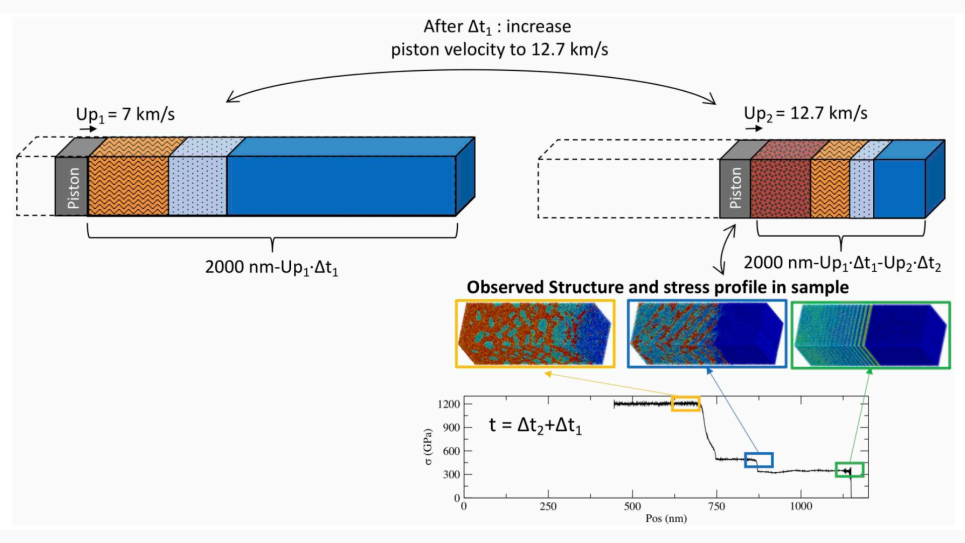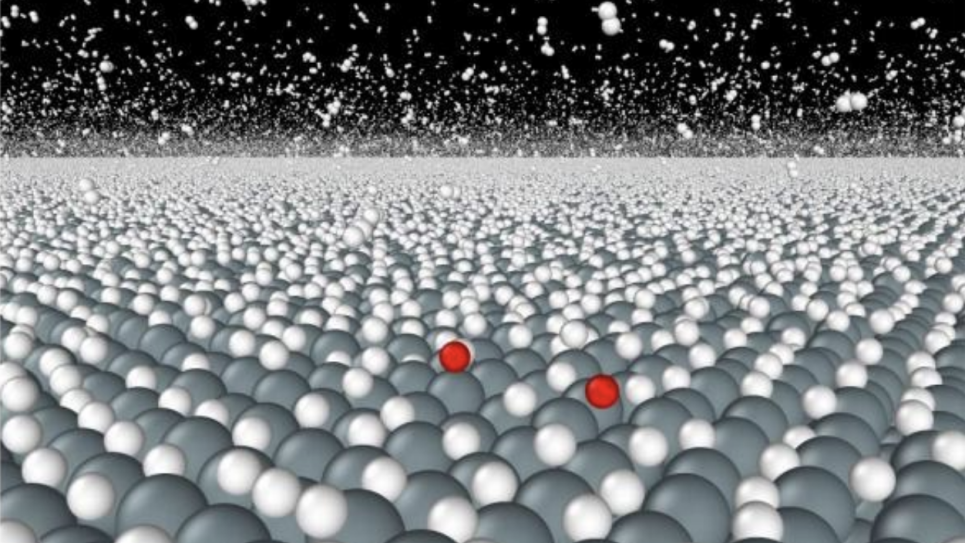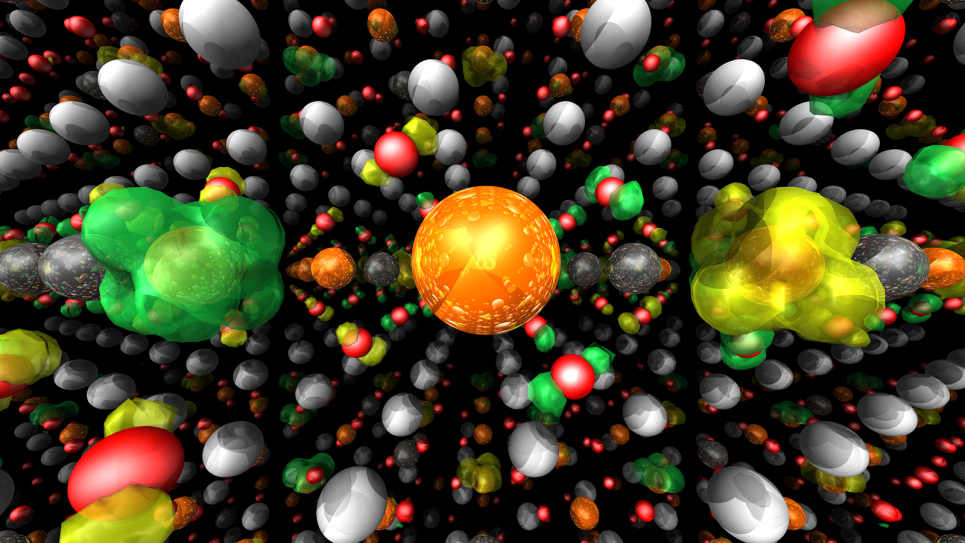Project Description
Oxides and oxide heterostructures are important materials found in micro-electronics including ferroelectric capacitors and memories, as well as in electroceramics. Oxide heterostructures – metal/oxide/metal sandwiches – are key components to ‘resistive switches’ that are currently intensively researched for applications in non-volatile memory storage. Oxygen defects in these oxide and oxide heterostructures profoundly affect the behavior of these materials and their implementation as resistive switches. The structure, energies, and arrangement of oxygen defects in the presence of metal electrodes must be well understood in order to arrive at a microscopic under standing of resistive switching, yet there is surprisingly little theory and modeling work in the literature on oxygen defects in resistive-switching structures. In addition to calculating energetics and local structures, it is desirable to be able to directly calculate the transport properties, such as electrical conductivity, of metal/oxide/metal structures. The theoretical modeling structures published to date involve a relatively small number of atoms and are limited to oxygen defects in the oxide matrix and do not include interfaces with a metal electrode, nor do they include transport calculations. The objective of the proposed research is to elucidate the fundamental mechanism of resistive switching in metal/oxide/metal heterostructures. Outcomes of this project will advance molecular understanding of these important materials with applications in ferroelectrics, catalysis, multiferroics, and other complex oxides for novel functionalities.


